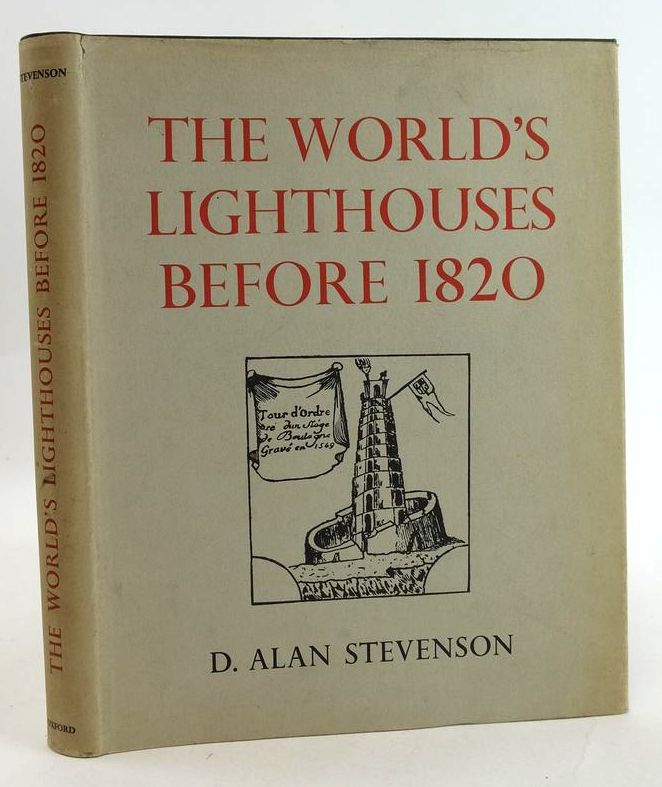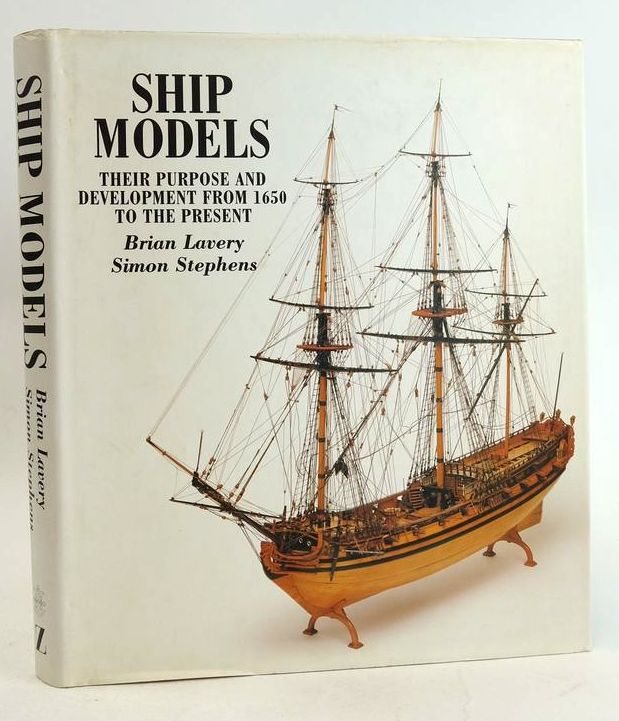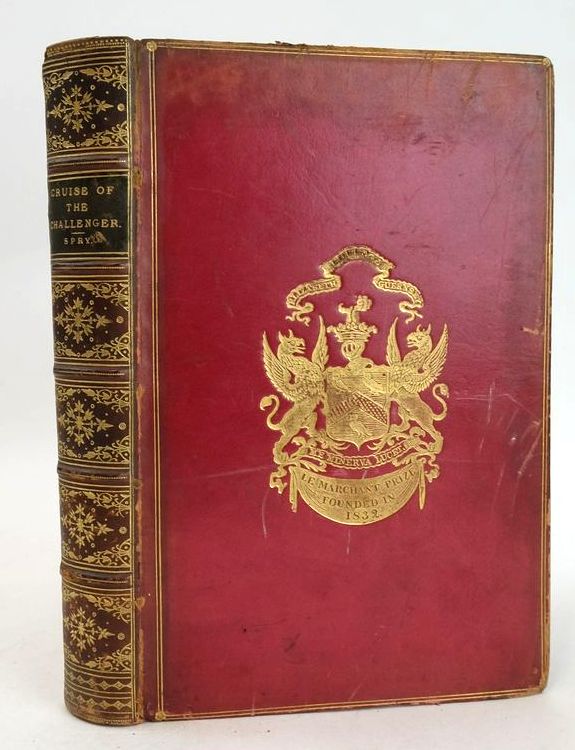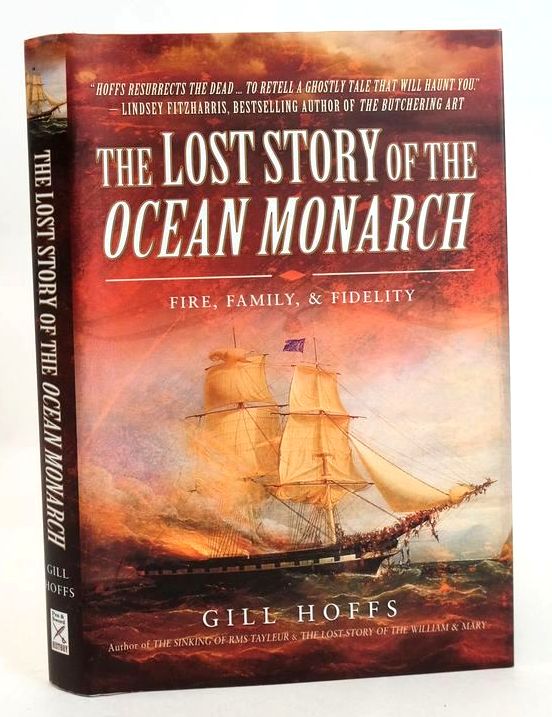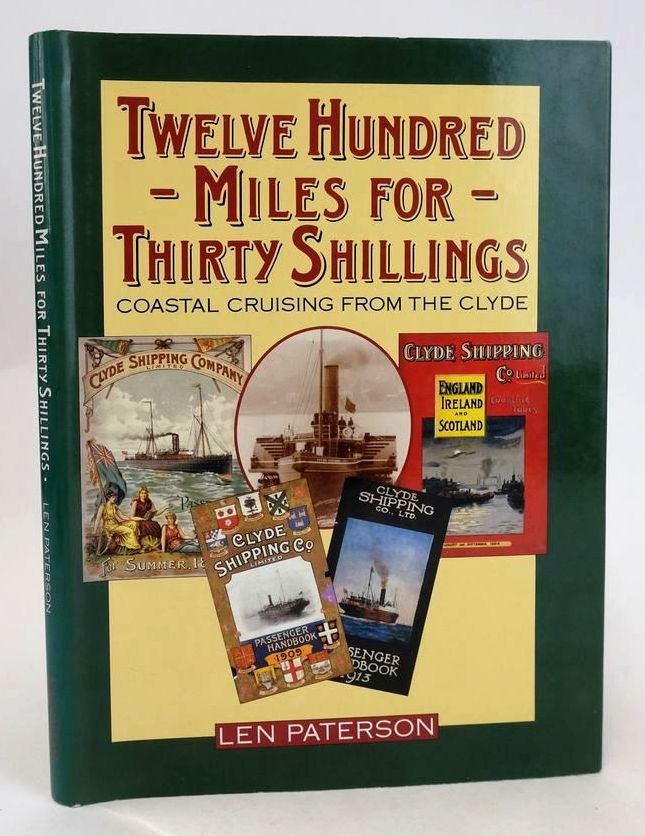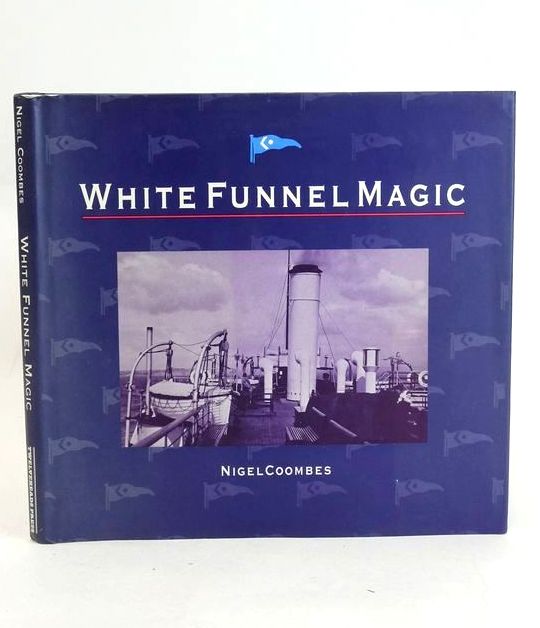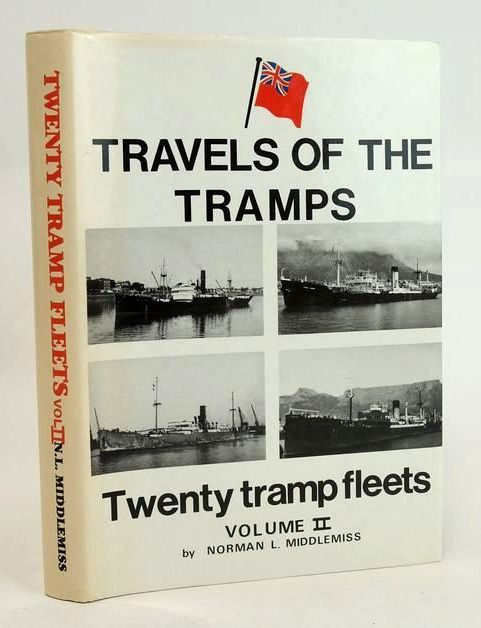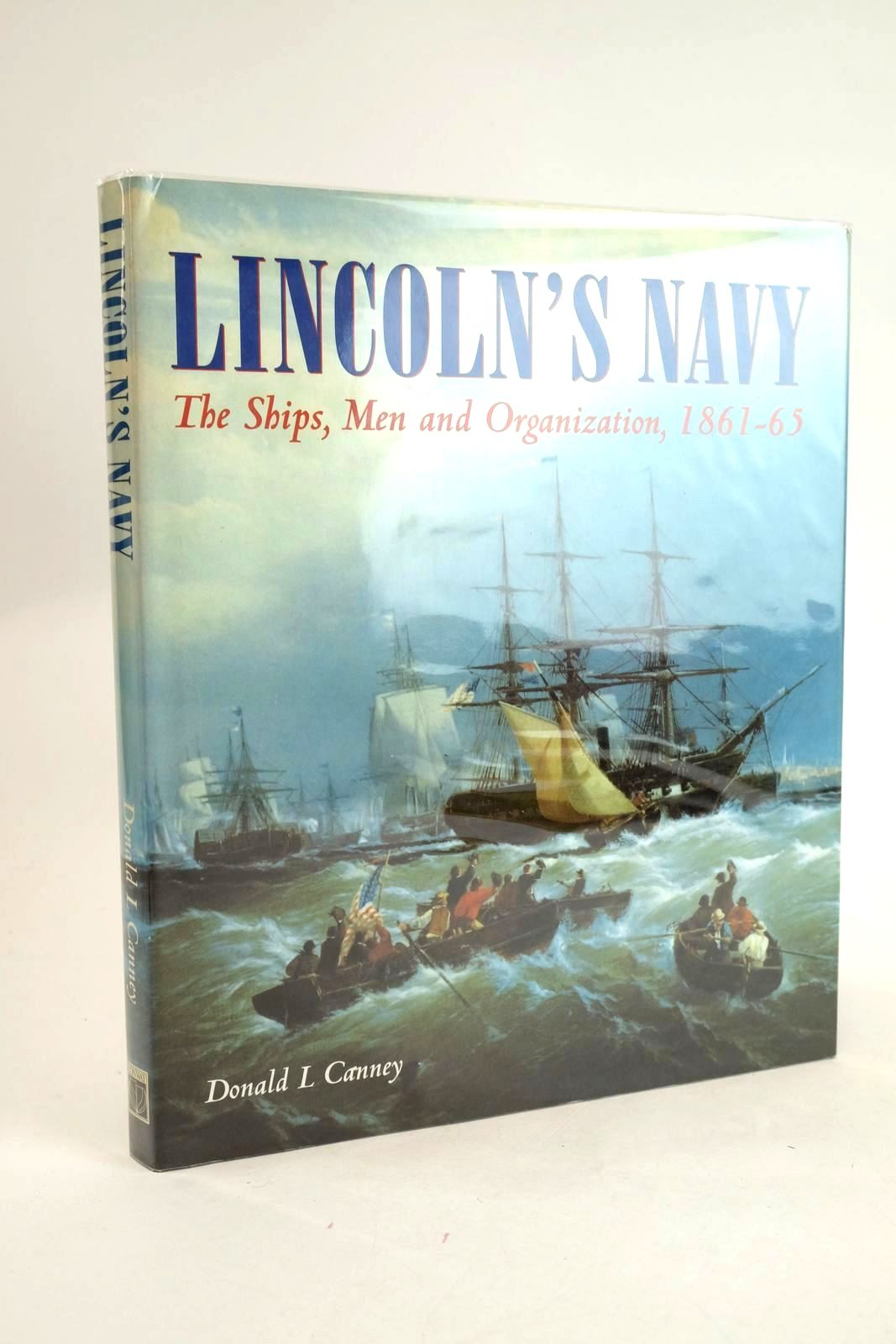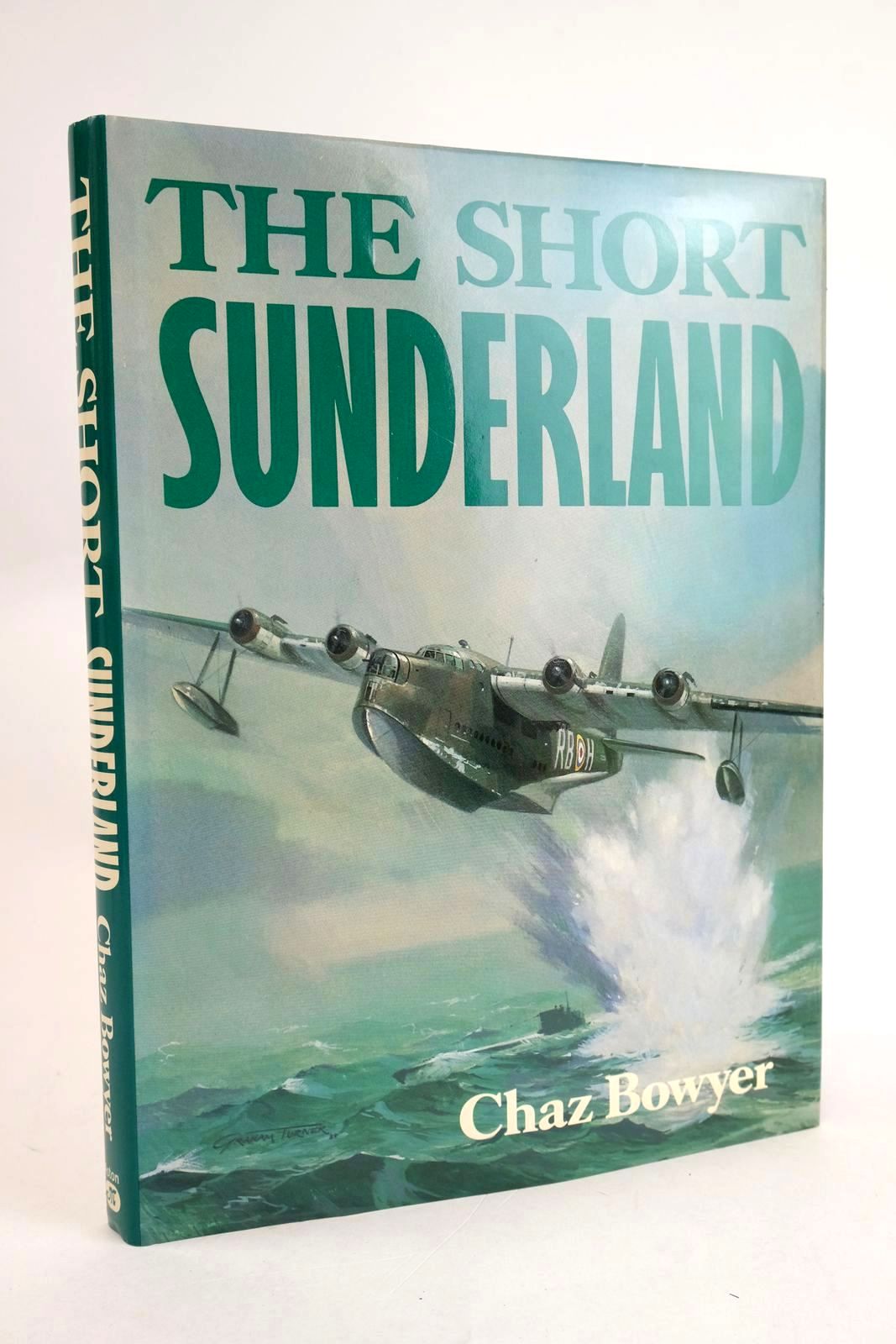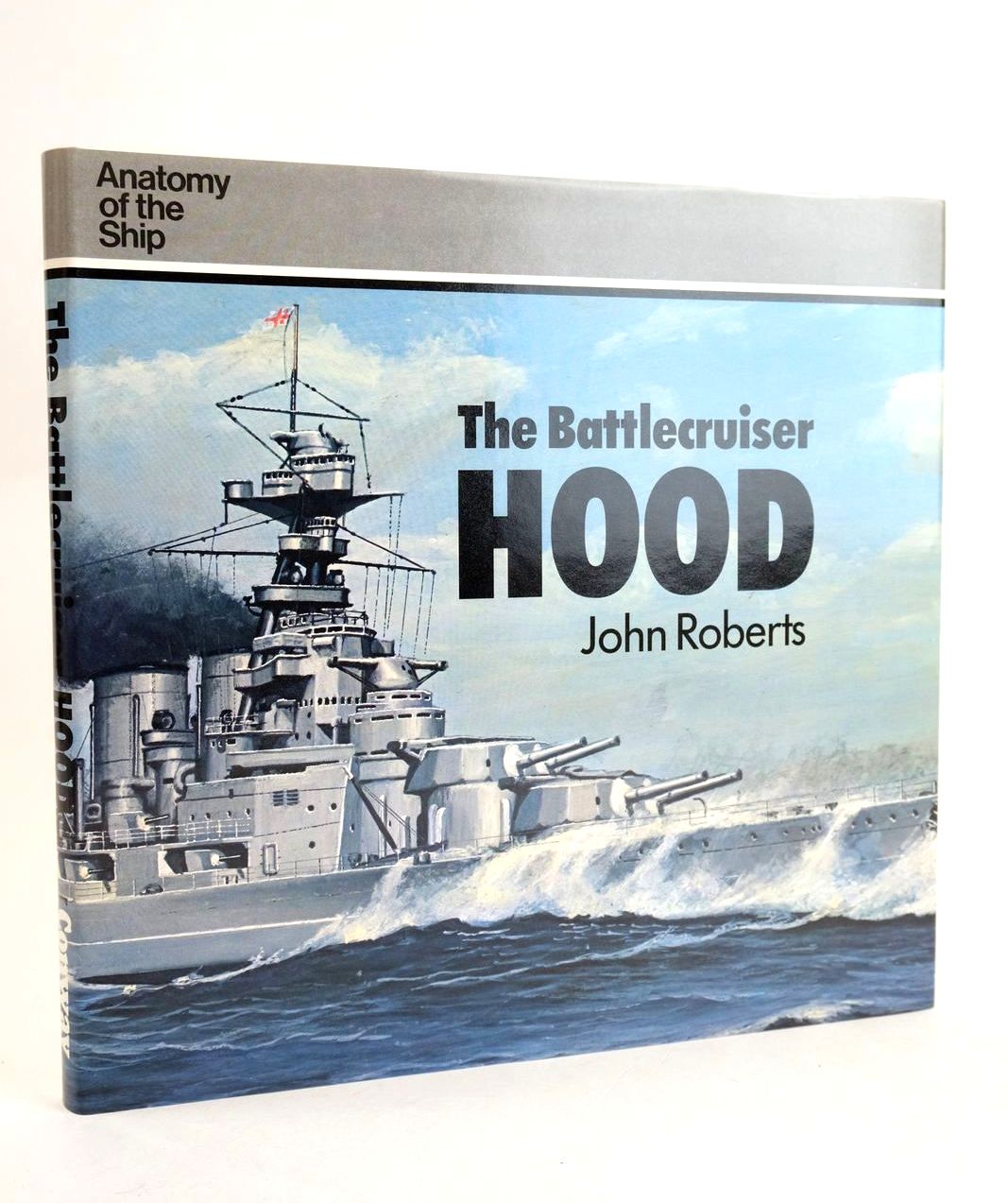Maritime
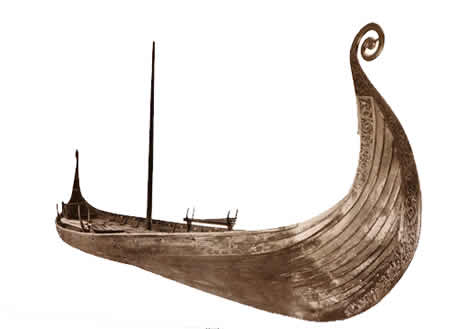 Imagine the world without ships, or floating craft of any kind. The empires that would not have been born, the innocence of mankind for each other with our many and varied trades, cultures and creeds. The lands that would have been left solely to our fellow creatures when the continents slipped (some might call that utopia in this age of conservation awareness).
Imagine the world without ships, or floating craft of any kind. The empires that would not have been born, the innocence of mankind for each other with our many and varied trades, cultures and creeds. The lands that would have been left solely to our fellow creatures when the continents slipped (some might call that utopia in this age of conservation awareness).
Left: A Viking Ship
 Here at Stella Books we have an extensive range of maritime books from ancient times to modern-day heroes and heroines together with books on canals, old ships photographs, sailing manuals and children's adventure stories (watery ones of course).
Here at Stella Books we have an extensive range of maritime books from ancient times to modern-day heroes and heroines together with books on canals, old ships photographs, sailing manuals and children's adventure stories (watery ones of course).
Exploration and trade began many centuries ago. The Phoenicians were trading along the Mediterranean coast in around 2000 BC; by 1000 BC they reached England trading their goods such as fabric, ceramics, glass and metals for tin. They were renowned for their purple dye made from shellfish, so difficult to extract that to be 'in the purple' was to be born rich. The Bible is named after their city of Byblos (formerly Gebeil) and they were also the forefathers of our alphabet.
In Holland and Denmark vessels were in use very early around 7000 BC. These were log boats and dugouts which of course are still in use today in some parts of the world. In Britain too there is evidence of ancient craft, the Ferriby boat made from split oak is dated to c1800 BC and the Brigg rafts at c800 BC are unknown elsewhere.
 Later came the Romans to invade Britain and after them theVikings in 794 AD. Our stock at Stella Books includes some interesting items on the subject of the Vikings. For example, The Viking Ships by A.W. Brogger, a fascinating book that was in a private collection, it has many illustrations, line drawings and photographs of Viking craft. We also have Build Your Own Viking Ship by Nick Constable which shows how to make a model for children.
Later came the Romans to invade Britain and after them theVikings in 794 AD. Our stock at Stella Books includes some interesting items on the subject of the Vikings. For example, The Viking Ships by A.W. Brogger, a fascinating book that was in a private collection, it has many illustrations, line drawings and photographs of Viking craft. We also have Build Your Own Viking Ship by Nick Constable which shows how to make a model for children.
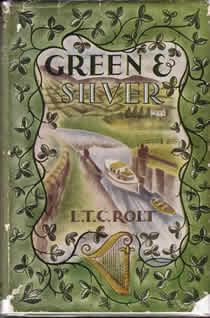 Under our subject heading of Shipwrecks there is a wonderful slender volume called Forty-Eight Days Adrift by Captain Job Barbour which tells the story of Barbour's 3-masted schooner being caught in several terrible storms. He began his journey as usual on October 25 th 1929 in his vessel named 'Neptune II' with freight destined for St. John's Newfoundland and ended in Tombermory Harbour on the Isle of Mull. In the foreword there is this: 'of all who believe that life's voyage is not a mere tragedy ending in death, but a glorious opportunity to fight a good fight, run a straight race and win the 'Well Done' of God himself' - stirring words!
Under our subject heading of Shipwrecks there is a wonderful slender volume called Forty-Eight Days Adrift by Captain Job Barbour which tells the story of Barbour's 3-masted schooner being caught in several terrible storms. He began his journey as usual on October 25 th 1929 in his vessel named 'Neptune II' with freight destined for St. John's Newfoundland and ended in Tombermory Harbour on the Isle of Mull. In the foreword there is this: 'of all who believe that life's voyage is not a mere tragedy ending in death, but a glorious opportunity to fight a good fight, run a straight race and win the 'Well Done' of God himself' - stirring words!
To move onto the calmer waters of canals we have over 100 books ranging from Waterways of the World by W.J. Bassett-Lowke to Green and Silver by L.T.C. Rolt and the Hereford and Gloucester canal by David E. Bick. There is an extensive range on the subject of sailing, some of which are sailing manuals or the Americas Race Cup written by a racer himself or a book of 4-masted schooners or an autobiography by Alec Rose - to hint at but a few.
To finish with I must not leave out the children - Sea Magic by Cyril Beaumont is the tale of Paul whose toy ship 'becomes real' and leads him on all sorts of adventures.
I hope this article will lead you into an exploration of your own - along with Stella Books of course!
Contributed by Rosemary Hanley
(Published on 23rd Oct 2014 )


